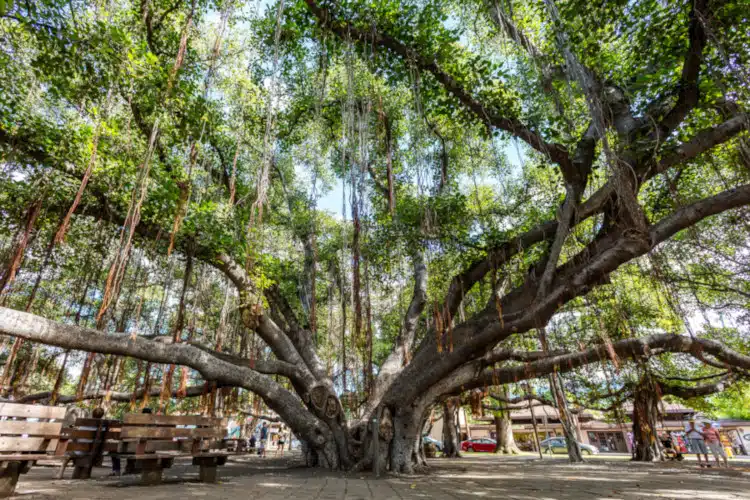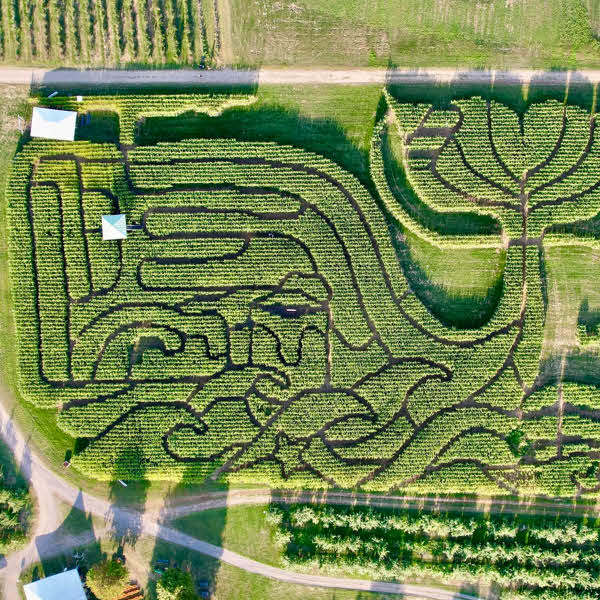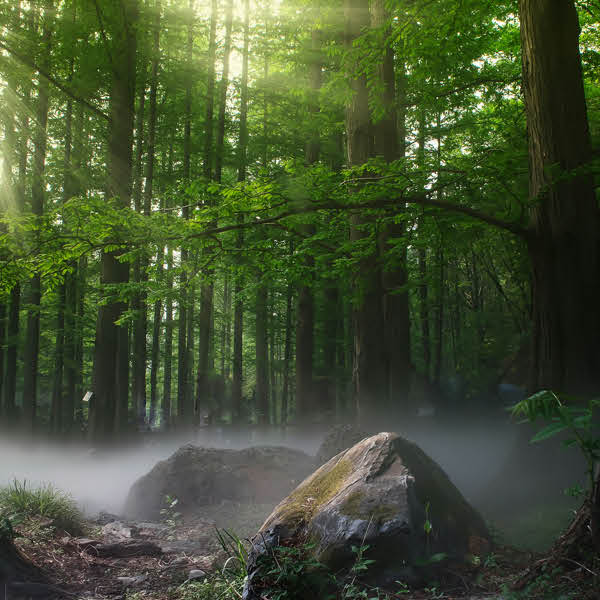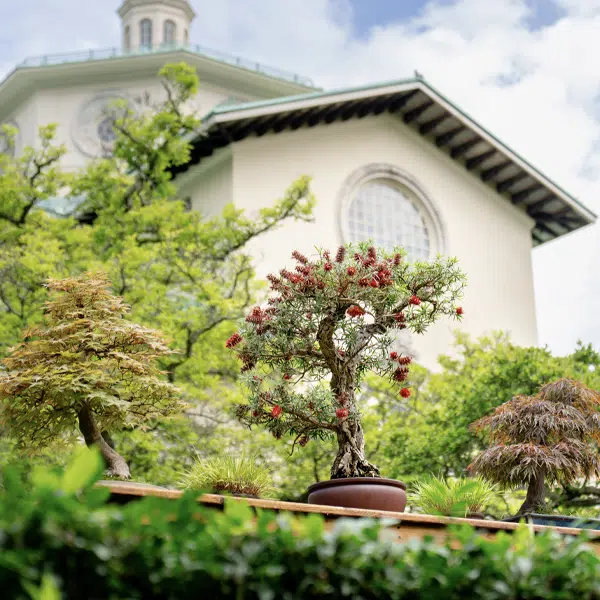
The Lahaina Banyan Tree in 2017. (Photo: richlonardo/Depositphotos)
In August 2023, Maui was struck by a devastating fire. Over 100 people died and thousands of homes and buildings around the island were destroyed by the flames. Lahaina, a historic town in the western part of the island, saw the worst of it. Not only did a large part of the city turn to rubble, but even the natural history of the area was at risk. Parts of the famed Lahaina Banyan Tree, which had just turned 150, got burned. Although it was unclear whether the tree would survive, things are looking better now.
Once arborists were able to to return to the area, the work to save the tree began. Sadly, about half of the tree’s branches died. Specifically, the tree’s northeast corner sustained the most damage in the fire and never recovered. Aiming to redirect the energy to the healthy parts, the dead branches were removed and the soil was soaked with 5,000 to 10,000 gallons of water a day. The team also fed it with a special compost to nourish it back to health.
The first good sign happened in October 2023, when the tree sprouted its first new leaves since the fire. “In my opinion the tree is still in a coma. I relate it to people” arborist Steve Nimz, part of the Lahaina Treescape Restoration Project, said then in a news release. “They’re in a coma and all of a sudden they blink an eye or move a finger. This tree needs to put out enough foliage and green to be able to feed itself.”
To better understand the tree’s behavior, 14 sensors were screwed into it. These devices will track flows of cambium, or sap, through its branches. “It’s basically a heart monitor,” Duane Sparkman, chair of the Maui County Arborist Committee told AP. “As we’ve been treating the tree, the heart beat’s getting stronger and stronger and stronger.”
Today, the tree has made some significant progress, but it's still in a fragile condition. “It’s not out of the woods,” Timothy Griffith Jr., chief arborist for Maui County, told USA Today. “But the fact that it continues to put out new growth, we remain optimistic—cautiously optimistic—that we will have something to work with in the decades to come.”
The banyan fig was planted back in 1873 by the sheriff to mark the 5oth anniversary of the arrival of the first protestant mission. Although it now stands at over 60 feet tall, it was only an 8-foot-tall sapling when it was planted. The banyan Tree or Ficus benghalensis is not a species native to Hawai'i. It was shipped from India, becoming a symbol of Hawai'i's burgeoning multicultural exchange.
Although the outlook is promising, the work is far from done. There are plans to install some features to continue to care for the tree. The first is a system of vertical tubes that will feed nutrient-rich compost to the tree’s aerial roots, vertical branches that grow down toward the ground, ensuring they have key nutrients when they take root in the soil. The other is an irrigation system that will also provide small doses of water into the tubes and irrigate the surrounding land and the tree’s canopy.
Ultimately, the Lahaina Banyan Tree had a better fate than the 25,000 trees that burned down in the area, like the two neighboring monkeypod trees that protected the tree from further damage. A symbol of the history of the town, its recovery will continue to inspire the locals as they rebuild their own lives.
“You see a lot of long, long branches with hundreds of leaves back on the tree,” Sparkman said, adding that some branches are even producing fruit. “It’s pretty amazing to see that much of the tree come back.”
The Lahaina Banyan Tree, which was damaged by the wildfire that hit Maui a year ago, is healing and work is being done to bring it back to health.
“The fact that it continues to put out new growth, we remain optimistic—cautiously optimistic—that we will have something to work with in the decades to come,” said Timothy Griffith Jr., chief arborist for Maui County.
“You see a lot of long, long branches with hundreds of leaves back on the tree,” Duane Sparkman, chair of the Maui County Arborist Committee said. “It’s pretty amazing to see that much of the tree come back.”
h/t: [Smithsonian Magazine]
Related Articles:
Hawaiian Teen Wins $10,000 for Research on Mysterious Outbreak Killing Sea Turtles
You Can Cuddle Some Cute Cows at This Unique Sanctuary in Hawai’i
Hawaiian Zookeeper Bravely Saves Critically Endangered Animals From Wildfires
Incredible Live Stream Video Captures Powerful Volcano Eruption of Hawaii’s Kilauea






















































































